Rui Costa
Co-PI (Core Leadership)
Allen Institute
His laboratory develops and uses genetic, electrophysiological, optical, and behavioral approaches to investigate the neurobiology of action in health and disease. He uncovered that direct and indirect striatal pathways are concurrently active during movement initiation, that this activity is action-specific, and needed for proper movement — challenging the classical “go/no-go” model of basal ganglia function. He also demonstrated dopaminergic neuron heterogeneity by showing that a subpopulation is active before movement, and critical for initiating and invigorating future movement. These findings have implications for movement disorders like Parkinson’s disease. He has received several awards such as the Ariëns Kappers Medal from the Royal Netherlands Academy of Arts and Sciences and the Young Investigator Award from SFN and is an elected member of EMBO and the National Academy of Medicine.
Recent ASAP Preprints & Published Papers
Generation of knock-in Cre and FlpO mouse lines for precise targeting of striatal projection neurons and dopaminergic neurons
Dynamic refinement of behavioral structure mediates dopamine-dependent credit assignment






